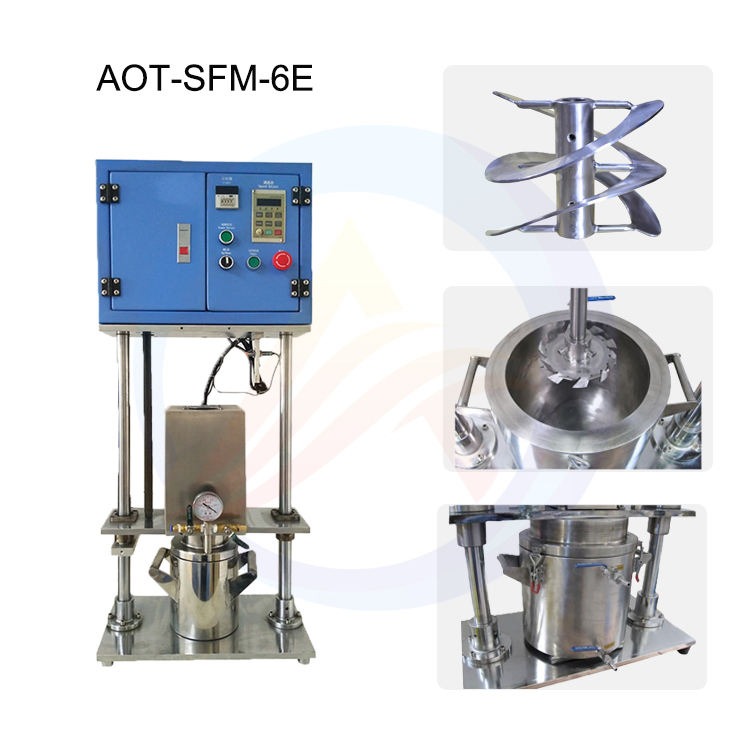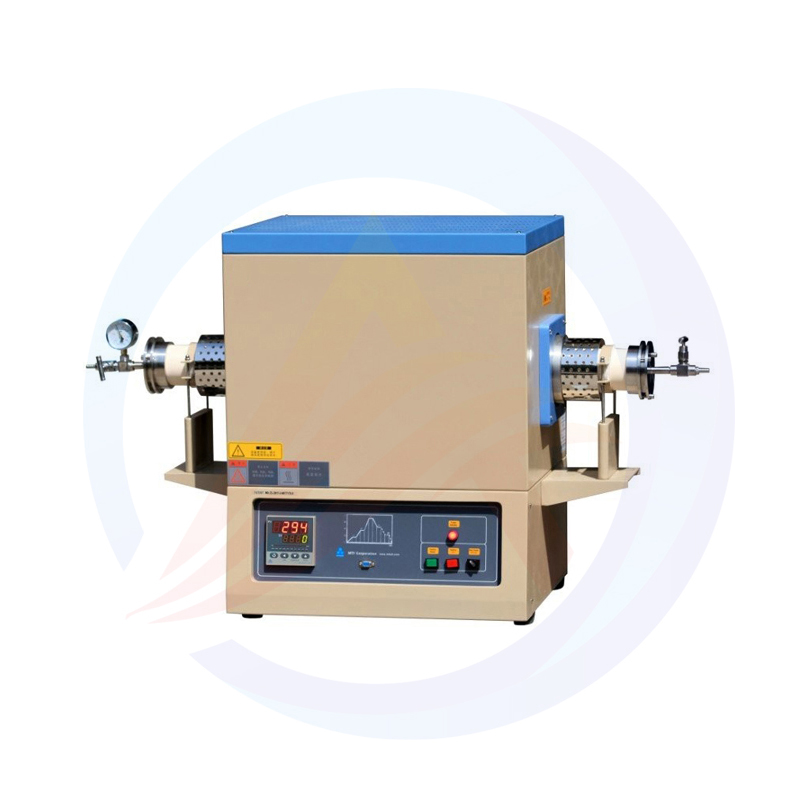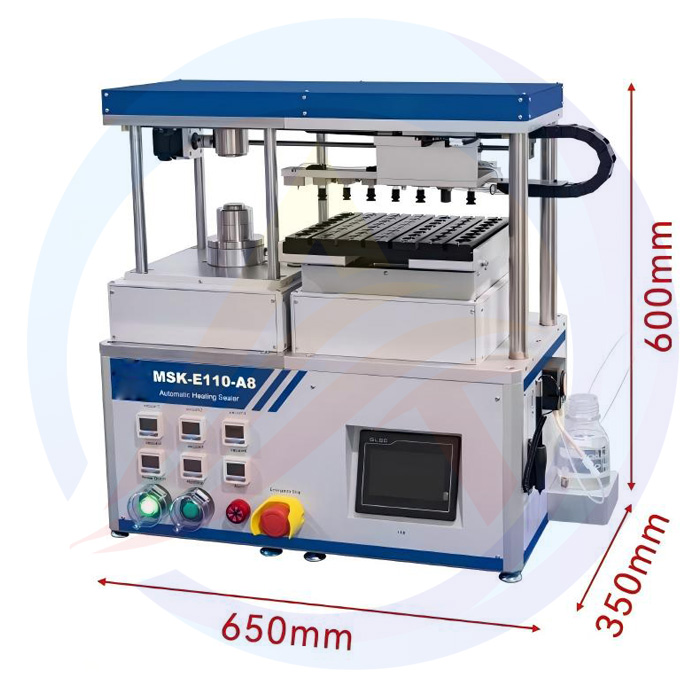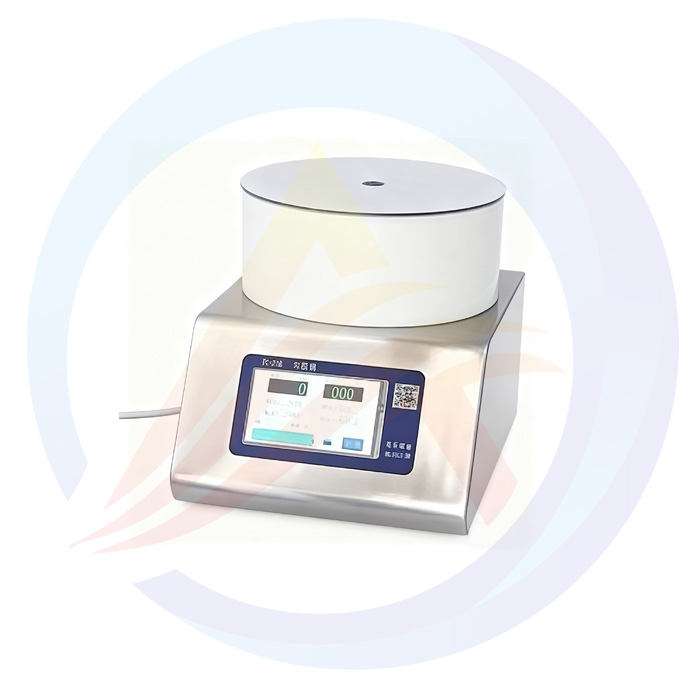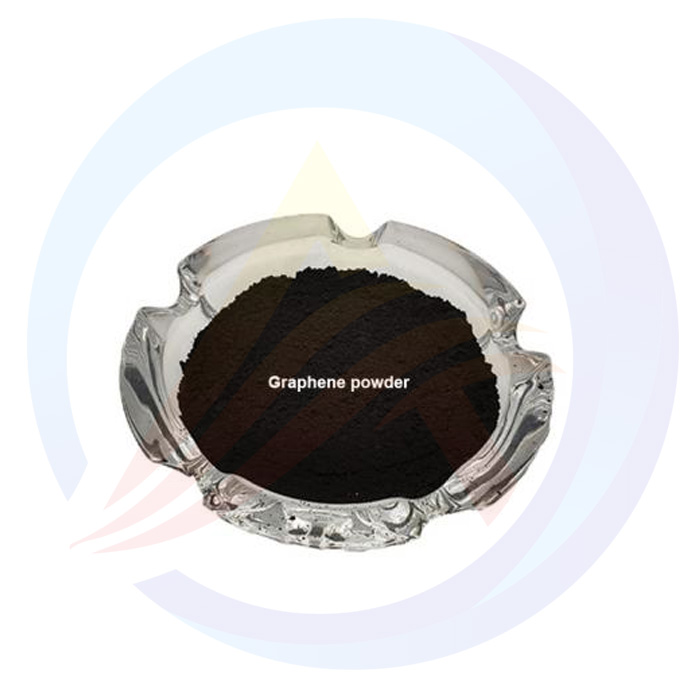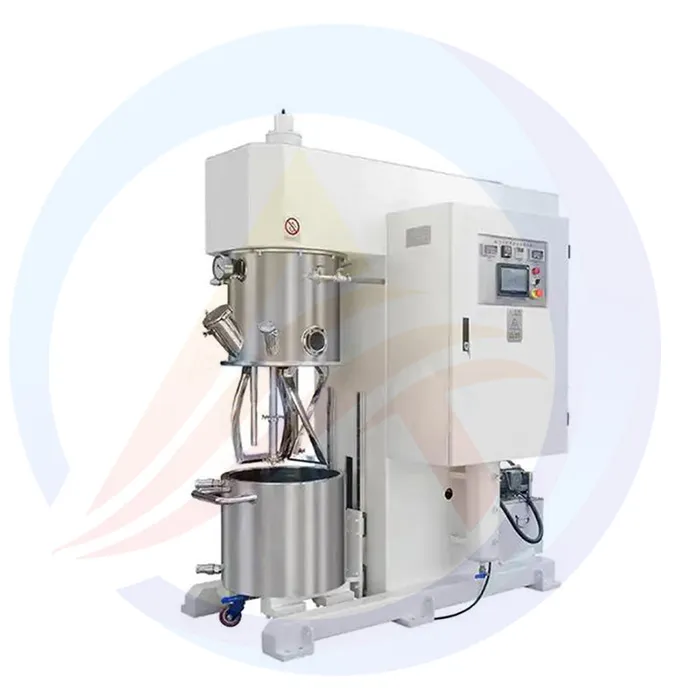What is a Lithium Battery Planetary Mixer?
A lithium battery planetary mixer is an industrial mixing device specifically designed for the preparation of lithium battery electrode slurries. Its core feature is the "revolution + rotation" compound motion mode - the stirring components revolve around the center axis of the equipment at a low speed (0-60 rpm) while rotating at a high speed (0-300 rpm) themselves. Combined with multiple sets of custom stirring paddles (anchor type, paddle type, dispersion disk), it forms a dead corner-free mixing field. Please provide the text you would like translated.
In response to the production demands of lithium batteries, it also features two exclusive configurations: one is a vacuum sealing system that can operate in a vacuum environment of -0.095MPa to remove air bubbles and moisture from the slurry; the other is a double-layer jacket temperature control structure that can precisely control the slurry temperature within ±1℃, preventing the binder from failing due to temperature fluctuations. Compared with traditional mixing equipment, it can solve the problems of uneven mixing and poor batch consistency of new materials such as high-nickel ternary and silicon-carbon anodes, and is a core equipment for the preparation of lithium battery electrodes. Please provide the text you would like translated.
2. The Core Function of Planetary Mixer in Lithium Batteries
(1) Ensuring the Quality of Electrode Slurry and Determining the Core Performance of Batteries
Efficient wetting of materials: The centrifugal force generated by the revolution pushes the active substances, conductive agents, etc. towards the bucket wall. The continuous stirring of the self-rotating blades ensures that solid particles fully contact the solvent, avoiding agglomeration due to insufficient wetting and laying a foundation for subsequent dispersion. Please provide the text you would like translated.
Achieving micro-dispersion: The high-speed rotating dispersion disk generates strong shear force, breaking the agglomerated structure of conductive agents such as carbon nanotubes and graphene, enabling them to uniformly coat the surface of active materials and form a continuous conductive network, thereby reducing the internal resistance of the battery. Please provide the text you would like translated.
Stable degassing and moisture control: Stirring in a vacuum environment can quickly remove air and moisture from the slurry (final moisture content ≤ 50 ppm), preventing pinholes in the electrode sheet after coating and reducing the risk of gas expansion during battery cycling, thereby enhancing battery safety and cycle life. Please provide the text you would like translated.
(2) Covering multiple stages of lithium battery production
Cathode preparation: Uniformly mix ternary materials / lithium iron phosphate with PVDF binder to ensure stable energy density of cathode sheets; Please provide the text you would like translated.
Negative electrode preparation: Address the issue of easy agglomeration of silicon-carbon composite materials and enhance the cycle performance of negative electrode sheets; Please provide the text you would like translated.
Electrolyte premixing: Auxiliary electrolyte and additives are mixed to enhance the chemical stability of the electrolyte.
3. How to Choose the Right Planetary Mixer
(1) First, determine the equipment configuration based on the production process, and then match the key parameters according to the material characteristics: In terms of process compatibility, for easily agglomerating materials such as high-nickel ternary and carbon nanotubes, choose a model with a self-rotation speed of ≥200 rpm, a shear force of 10⁵ Pa or above, and a high-speed dispersion disc to ensure uniform coating of the conductive agent. For high-solid-content (over 60%) slurries such as silicon-carbon anodes, prefer the "anchor + paddle" combination paddle type to prevent wall adhesion and achieve strong convection mixing. For continuous production on mass production lines, choose modular models that can be linked with feeding and coating equipment to reduce labor and improve batch consistency. In terms of material parameter matching, the viscosity should meet the requirement that the rated value of the equipment ≥ 1.2 times the actual slurry viscosity (for example, choose a model with a rated viscosity of 100,000 mPa・s for a slurry with a viscosity of 80,000 mPa・s); for lithium iron phosphate slurries with a solid content of ≥70%, choose a model with a revolution speed of ≥50 rpm to provide strong centrifugal force; for temperature-sensitive PVDF systems, the jacket temperature control accuracy should be ≤ ±2℃; for high-purity scenarios such as solid-state batteries, the contact parts should be made of 316L stainless steel or ceramic coating. Please provide the text you would like translated.
(2) Equipment Performance Assurance and Operation & Maintenance Optimization
Focus on core equipment performance and long-term operation and maintenance costs: In terms of performance, it must have a vacuum degree of ≥ -0.09MPa and a dual-sealing structure to achieve efficient degassing and moisture control (paste moisture ≤ 50ppm), avoiding electrode sheet pinhole problems. Intelligent models with AI control systems and viscosity sensors are preferred, which can adjust parameters in real time and reduce human error. In terms of operation and maintenance, models with quick-opening bucket designs are recommended, reducing cleaning time to within 30 minutes and improving equipment utilization. Models with sealing parts with a lifespan of ≥ 800 hours should be selected to lower the cost of consumable replacement. Additionally, safety features such as overload protection and emergency stop should be equipped to prevent faults like "paddle jamming" and ensure stable production.



